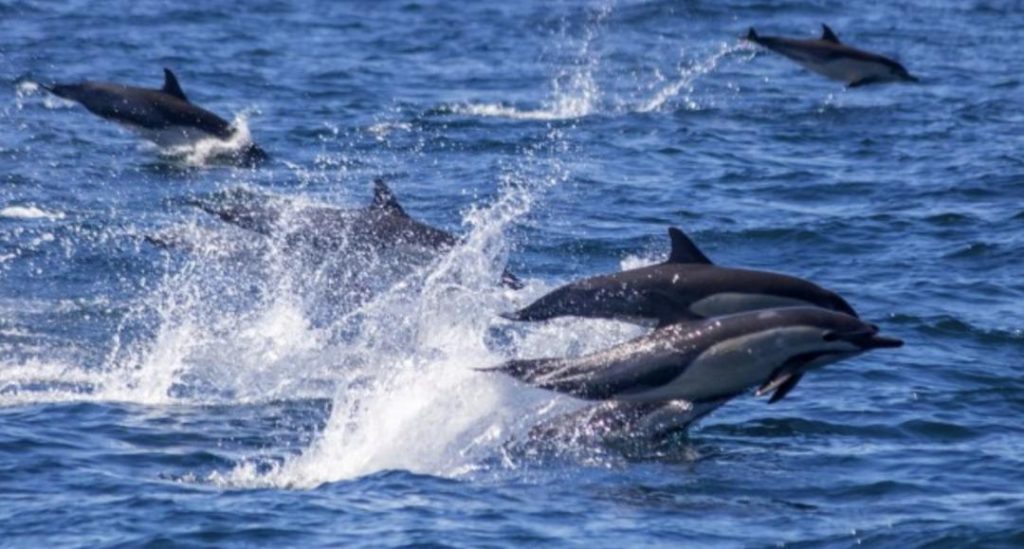
Dolphins & Whales Regularly Socialise with Each Other: Study
In a heartwarming revelation, a recent study has found that dolphins and whales frequently socialize with each other, engaging in playful interactions that are often mutual. The study, conducted by researchers from Griffith University, analyzed videos and photographs of interactions between baleen whales and dolphins, covering 19 species across 199 separate events.
The findings of the study, published in the journal Marine Mammal Science, shed light on the fascinating world of marine mammals, highlighting the complex social dynamics between these intelligent and playful creatures. The study’s authors used a combination of observational and statistical methods to analyze the interactions, which took place in the wild and in captivity.
One of the most striking findings of the study is the frequency with which dolphins and whales socialize with each other. The researchers observed that the interactions were not limited to occasional encounters, but were instead a regular occurrence. In fact, the study found that the two species engaged in social interactions approximately 20% of the time they were observed in the same area.
So, what do these interactions look like? According to the study, the most common type of interaction involved dolphins swimming near the head of a whale. This behavior, known as “following,” is a common form of social interaction among dolphins, and it appears that they have extended this behavior to their whale friends as well.
Other types of interactions observed by the researchers included dolphins surfacing and playing alongside whales, as well as whales breaching (jumping out of the water) and dolphins swimming beneath them. These playful interactions are likely to be important for social bonding and learning between the two species.
One of the most interesting aspects of the study is the role played by bottlenose dolphins, which were found to be the most involved dolphin species in the interactions. It appears that these intelligent and social dolphins are particularly skilled at initiating and maintaining social interactions with whales.
But why do dolphins and whales socialize with each other? While we can’t ask them directly, the researchers offer several theories. One possibility is that the interactions help to reduce stress and increase social bonding between the two species. Another possibility is that the interactions facilitate learning and cultural transmission, allowing dolphins and whales to share information and behaviors.
The study’s findings have important implications for our understanding of marine mammal social behavior. By recognizing the complex social dynamics between dolphins and whales, we can better appreciate the importance of preserving and protecting their habitats and ecosystems.
The study’s authors also highlight the potential benefits of interspecies socialization for conservation efforts. For example, by studying the social interactions between dolphins and whales, we may be able to develop more effective conservation strategies that take into account the complex social dynamics between these species.
In conclusion, the study’s findings offer a fascinating glimpse into the social lives of dolphins and whales. By recognizing the frequency and complexity of their social interactions, we can gain a deeper appreciation for these intelligent and playful creatures, and work towards preserving and protecting their habitats and ecosystems.






